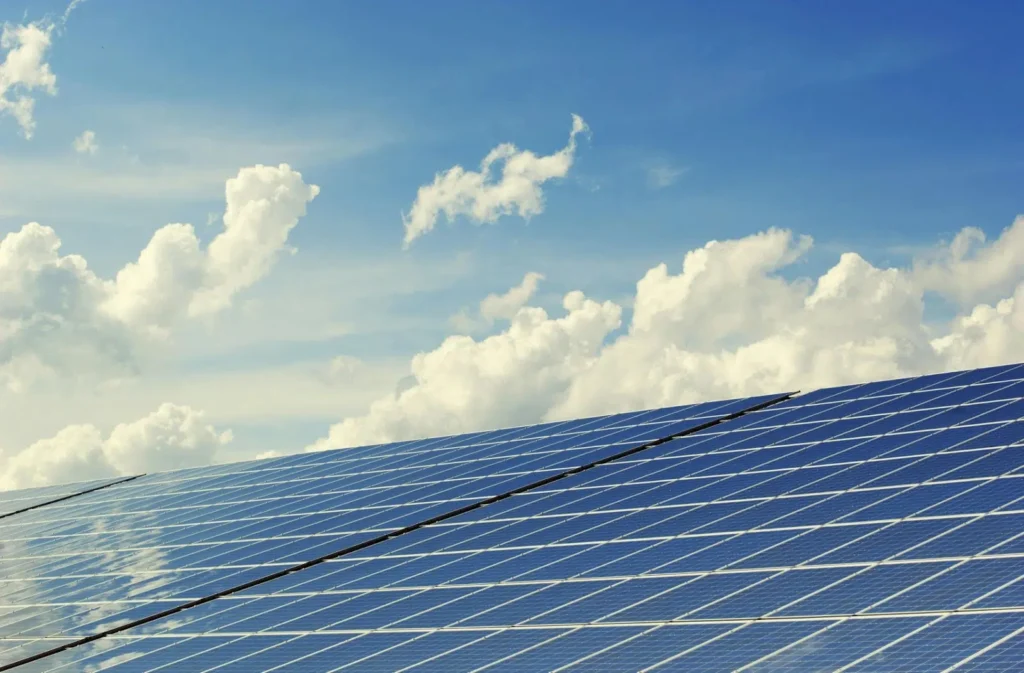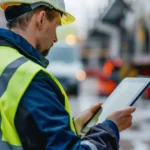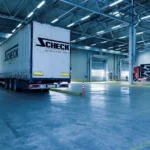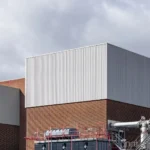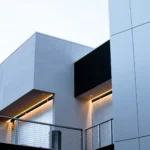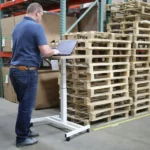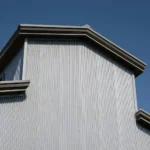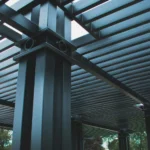Solar panels convert sunlight into electricity using photovoltaic (PV) cells, which are typically made of semiconductor materials like silicon. When sunlight hits these cells, they absorb photons and generate an electrical current.
One of the most remarkable aspects of solar panels is their versatility. They can power anything from small electronic devices to entire buildings. With ongoing advancements, the efficiency of solar panels has steadily increased, making them an appealing and sustainable energy solution.
Key Facts about Solar Panel Efficiency:
- Working Principle: Solar panels use photovoltaic (PV) cells made mainly of silicon. These cells absorb sunlight and convert it into electricity through the photovoltaic effect, generating direct current (DC) that is then converted to alternating current (AC) for home use by inverters.
- Efficiency Advancements: The efficiency of solar panels has significantly improved over the years. While most residential panels today range between 13% and 22.8% efficiency, researchers have developed experimental solar cells with efficiencies up to 39.5%.
- Versatility: Solar panels can power a wide range of applications, from small electronic devices to large buildings, making them an adaptable energy solution for various needs.
Basics of Solar Panel Technology
Solar panels consist of multiple interconnected PV cells housed in a protective frame. The cells are arranged in a grid-like pattern, allowing them to capture maximum sunlight. When exposed to sunlight, the cells generate direct current (DC) electricity.
Moreover, durability is a key factor in the long-term performance of solar panels. Manufacturers engineer solar panels to endure various weather conditions, such as rain, snow, and hail. This durability ensures solar panels reliably generate electricity for many years. Solar panels are a smart investment in renewable energy.
Did you know? Solar panels can improve your building’s energy efficiency by about 5% through a natural cooling effect. By shading the roof, they reduce heat absorption, and the gap between the panels and roof allows air circulation, helping to dissipate heat more effectively. This cooling effect not only keeps your building cooler but also lessens the load on your air conditioning system.
There are three primary types of solar panels: monocrystalline, polycrystalline, and thin-film. Each varies in cost, efficiency, and appearance. Fortunately, most solar panel types are compatible with metal roofs, offering stability and durability. Metal roofs are especially favorable for solar panel installation due to their sturdy structure for mounting.
Types of Solar Panels for Metal Roofs:
- Monocrystalline Panels: High efficiency and sleek appearance.
- Polycrystalline Panels: Lower cost but slightly less efficient.
- Thin-Film Panels: Flexible but less efficient than crystalline panels.

